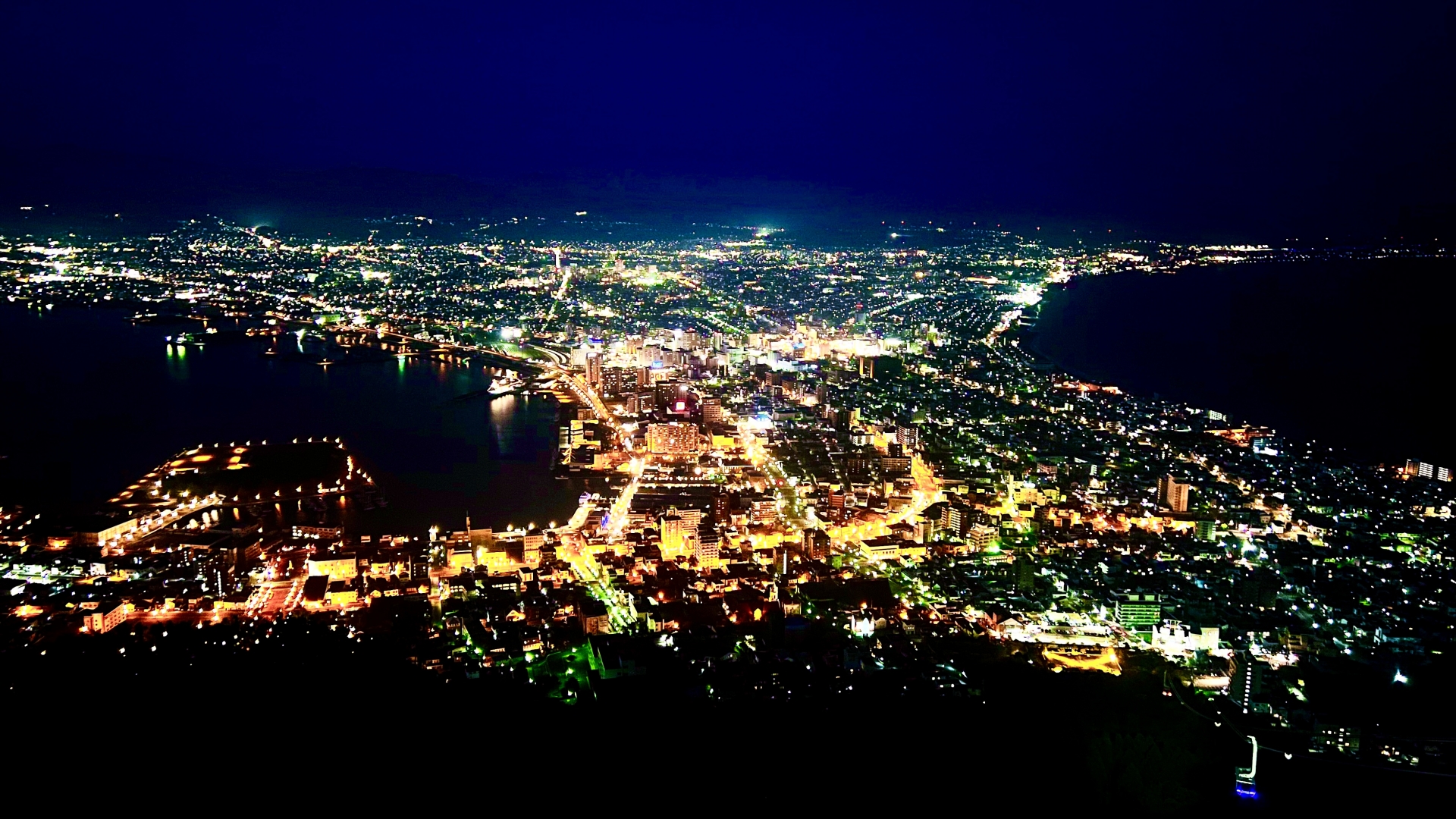Day 1: Kyoto
Upon arrival in Kyoto, begin by experiencing the traditional culture of Kyoto. Visit famous temples such as Kinkakuji and Kiyomizu-dera to experience the beautiful gardens and Buddhist history. We also recommend participating in a traditional culture experience program such as a kimono rental experience or a matcha tea ceremony experience.
Day 2: Takayama/Hida
Move to Takayama and enjoy the traditional townscape and atmosphere. Stroll along the old streets lined with old houses and look for traditional crafts and local specialties. Don’t forget to try Hida beef and local cuisine.
Day 3-4: Return to Kyoto and then to Nara
Plan a day trip from Kyoto to Nara. Visit ancient temples such as Todaiji and Kofukuji while interacting with deer in Nara Park. Don’t miss Nara’s traditional streets and handicrafts.
Day 5: Kobe and Harimayabashi Bridge
Travel to Kobe to enjoy the exotic cityscape and gastronomic delights. Enjoy Kobe beef steaks and seafood dishes and feel the atmosphere of the port city. You can also enjoy shopping for local souvenirs, clothes, accessories, etc. in the shopping area around Harimayabashi Bridge.
Day 6-7: Hiroshima/Miyajima
Travel to Hiroshima and visit historical sites such as Hiroshima Peace Memorial Park and Hiroshima Castle. In addition, plan a day trip to Miyajima to see Itsukushima Shrine and the Otorii Gate. Relax and enjoy Miyajima’s beautiful scenery, hot springs, and street food stalls.
In Hiroshima, enjoy local delicacies such as Hiroshima-style okonomiyaki and momiji manju buns. We also recommend spending a relaxing time at one of Hiroshima’s hot spring resorts, such as Innoshima or Takehara Onsen.
In Miyajima, take the ropeway to enjoy the spectacular view from the top of the mountain or experience worshipping at Itsukushima Shrine. And don’t forget to taste Miyajima’s seafood dishes and Hiroshima-style grilled oysters.
This itinerary offers a good balance of traditional cultural experiences, hot springs, and street food in western Japan. You can also pick up souvenirs and local specialties from each region, so you can keep the memories of your trip as souvenirs.

